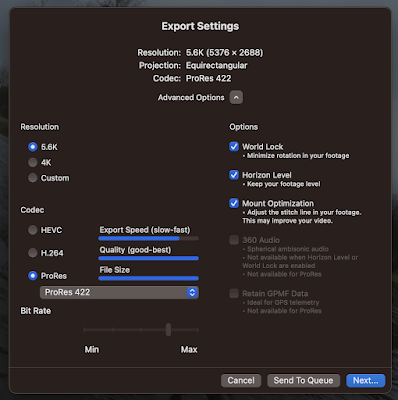
Choose strategic projects by...
- Focusing on organisational goals
- Categorising
- Doing financial analysis
A well-defined project plan is...
- Easy to understand
- Easy to read
- Communicated to all (real stakeholders and involved actors)
- Commensurate with project size, complexity, accuracy
- Prepared by the team
- Something was left out
- We misunderstood something
- The environment changes
- The organisation changes
- The technology changes
- Everything changes
- Unrealistic expectations of clients/users/customers
- Funding, deadline, time limits change.
- Have a change policy (if you make a change then something else happens)
- Anticipate change (it's going to happen anyway so plan for it)
- Seek change (it's bubbling under the surface, is going to happen, so make it happen)
- Identify
- Ones you can quantify
- Ones that are qualitative
- Respond (to reasonable expectation i.e. loss x probability of occurring)
- Changing environment
- Group think
- Change management
- Time (lack)
- Irrationality
- Gilding the lily
- Not communicating
- Not delivering increments
- Unrealistic expectations
- Lead
- Learn
- Listen
- Talk
- work with people
- Change
- Risk
